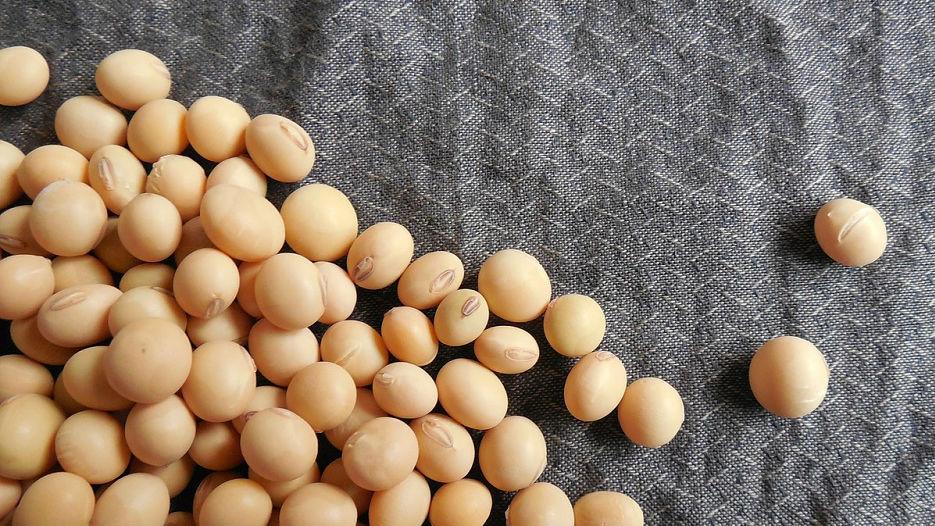Common Food Additive May Combat Oil Spills

A recent study published in the American Chemical Society indicates that soybean lecithin, a common soy-based food additive, may have possible applications as a dispersant for crude oil spills.
The study published last month by Chemist Ram Gupta and colleagues tested how well soy lecithin in its lipid component form can break down oil in water. The results indicate that the substance worked as well or better than two commercially used dispersants. This is particularly noteworthy because soy lecithin is biodegradable and less toxic than traditional chemical dispersants. The researchers suggest that the substance may have the potential to replace traditional dispersants.
Chemical Dispersants
Currently, chemical dispersants are the most effective way to quickly remove oil from contaminated environments, but their usage has been heavily criticized. Dispersants do not reduce the amount of oil in an environment, instead they reduce the size of oil droplets so that marine animals and ecosystems will be less likely to be coated in oil. Many opponents claim that the addition of chemical dispersants may further contaminate marine environments already damaged by oil.
The Deepwater Horizon Spill in April of 2010 was notable for the amount of Corexit dispersant used to counteract the effect of oil on marine habitats. Over 1.84 million gallons of dispersants were used over the course of BP’s clean-up efforts. This usage came under heavy scrutiny at the time of the disaster resulting in EPA Administrator Lisa P. Jackson and then-Federal On-Scene Coordinator Rear Admiral Mary Landry directing BP to reduce dispersant usage by 75 percent from peak usage.
This month The National Wildlife Foundation released a five year report highlighting the aftermath of the Deepwater Horizon. Cited among the data are studies indicating that dispersants may have caused lesions in crustacean shells and may adversely affect coral larvae. Additionally, dispersant compounds have been found in the eggs of white pelicans as far north as Minnesota and Illinois.
